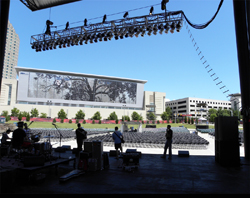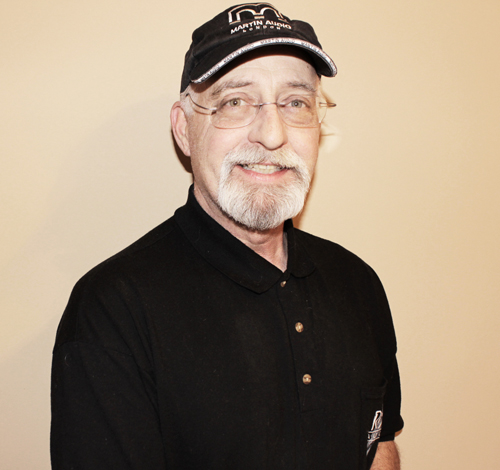As the old bromide goes, what goes around comes around, but in the world of outdoor amphitheaters, it can also spill out into surrounding neighborhoods in terms of SPL generated by visiting acts. In those halcyon days past when sheds were pretty much confined to pastoral landscapes in the rolling countryside, more was frequently better and the extent of its reach didn’t matter for the most part because beyond the local population, neighbors were few and far between.
Fast forward to today, however, and we find ourselves in an age where concert venues are increasingly moving into urban settings. Along with this migration, the problems of containing sound within a facility’s intended area of coverage are multifaceted, and it’s up to a new breed to keep things in check (along with the neighborhood peace).
“Towns and municipalities around the country down to the smallest levels are finding that they have to provide more infrastructure than just streets and utilities if they want to attract residents and industry,” says Cooper Cannady of Raleigh, NC-based RMB Audio. “And it’s this trend that is driving the construction of more amphitheaters in urban settings.
“The irony is that while an outdoor entertainment venue is an asset within the process of growing a community, once it’s in place it can easily encroach upon the rights of those it was built for if sound from the facility is allowed to spill into surrounding neighborhoods,” he continues. “These days, it seems that if a new shed opens in a city or town, invariably it’s in a place where you are going to have issues.”
The Red Hat Amphitheater in downtown Raleigh is one such venue. Opened in June, 2010, in close proximity to a convention center, high-rise residences, and neighborhoods lined with single-family homes, the 5,500-seat venue (1,800 fixed seats, 2,700 movable seats, and 1,000 lawn spaces) headlined this summer with acts including Bob Dylan, Smashing Pumpkins, Widespread Panic, O.A.R., and many others.
Imbued with sensitivities to the needs of level control at Red Hat, the city of Raleigh commissioned acoustical studies that were used to develop an ordinance governing the shed’s sound propagation using test points at different heights and radiuses spreading out from the stage.
Based upon the data collected, it was ruled that sound would be capped at 95 dB, C-weighted at 63 Hz. Beyond the legal guidelines established by this ordinance, the facility set limitations on itself as well, prohibiting anything above 95 dB SPL lasting for longer than a minute at given test points.
Stopping Leaks
For the 2013 concert season, RMB Audio was contracted to provide sound reinforcement for a select number of shows. In their own initial studies of the environment, the RMB staff came to the realization that if they wanted to truly encapsulate sound within the venue, level controls would have to reach well beyond the notion of the 95 dB(C) SPL/63 Hz caps.
“Our goal was to stop any uncontrolled sound from leaking outside of our intended area of coverage,” Cannady explains. “Within our plan, we created ‘stop points’ for the system where the sound field would literally come to a halt. Further, by bringing the sound down close to the audience, we avoided creating reflections off of the surrounding buildings.
“Early on, we found that a strike on a snare drum onstage would reflect harshly off of the adjacent convention center’s wall as well as the parking structure next to it, and then return to the seating area twice. Given the delay times at work and this repeating pattern, interferences had the potential to be great, guaranteeing that the intelligibility of a show would fall apart the further you pushed the SPL. Press things hard enough, and at some point you’d lose control completely, and the interferences would actually approach equivalence to the original source.”























